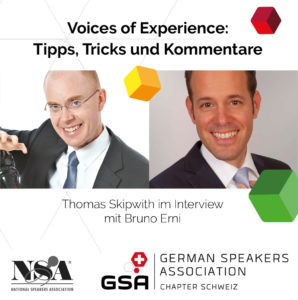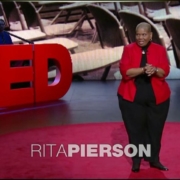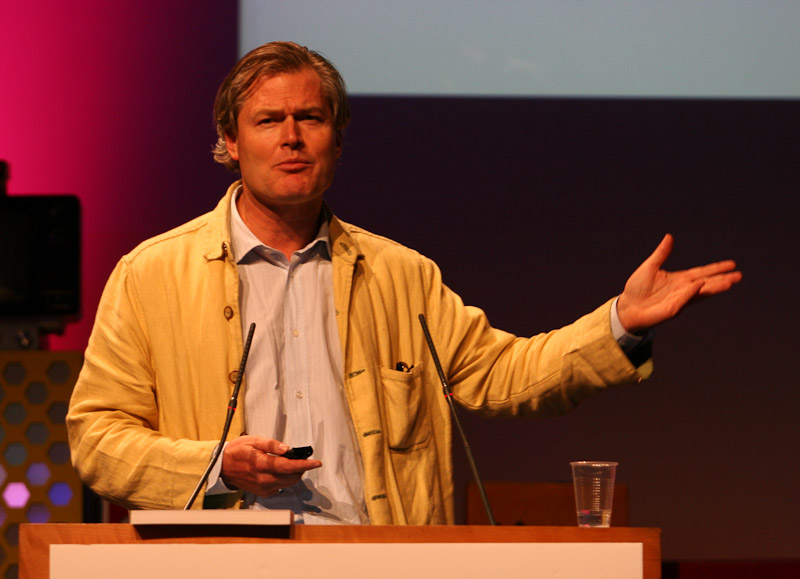Armin Laschet versus Friedrich Merz: This is where the speakers’ chaff is separated from the wheat.
Armin Laschet was elected chairman of the CDU Germany on January 16, 2021. He prevailed over his main rival Friedrich Merz. From a rhetorical point of view, I’m not surprised for a second. Why? You will find out in this article.
Armin Laschet’s speech was worlds better than that of Friedrich Merz. I suspect that Armin Laschet took a coach for this speech.
How do I compare the two speeches? I could easily list 20 points that struck me as positive in Laschet’s speech. At this point, only a few.
| Armin Laschet | Friedrich Merz |
| Really good: Armin Laschet makes a lot of eye contact with the audience behind the camera. | Not ideal: Friedrich Merz often looks sideways at those present in the room instead of into the camera. |
| Both could speak even more freely if they had a teleprompter (or two) installed. That’s how Barak Obama has done it over and over again. Nevertheless, the point goes to Armin Laschet. Especially because he speaks the ending without reading. | |
| He uses his father’s story in underground mining as an analogy for what really matters: Trust. | Friedrich Merz needs practically no stories and no analogies. Therefore, no pictures arise in my head. But these would be important. The whole speech is too abstract, too general. |
| The camera settings are well chosen. | In his place, I would have had a word with the picture director beforehand and certainly afterwards. The attitudes were consistently to his detriment: for example, several times we got to see bored party members or those who were doing something other than listening with interest. |
| Laschet cleverly put the recommendation to vote for him in the mouth of his father (14:08). Quoting Laschet, “He [der Vater] said, “Tell people they can trust you.” That goes down much better than, “Trust me.” | He speaks in the “we” form, but I am not with him emotionally. |
| The conclusion is the highlight of the speech: Armin Laschet stands on the side of the lectern and pulls his father’s dog tag out of his pocket, creating an image for the ages. Moreover, he wonderfully closed the circle to the beginning of the speech. | Friedrich Merz always shows himself more or less the same. It does not result in a special photo subject. |
Conclusion: You should definitely watch Armin Lascht’s speech. And for comparison, a few minutes of that of Friedrich Merz. Finest visual material.
If you too want to give online and offline speeches that move your audience emotionally, give me a call. I will be happy to support you.
If you want more tips, you can subscribe to my YouTube channel. Of course, you may also share the post on social media. I would be happy.
I wish you success for your next presentation.
Thomas Skipwith



 Many think a presentation starts with the first word. That is a good idea, but it is wrong. Above all, the presentation start is at the latest when attention is drawn to the speaker. Usually this is the point in time at which the speaker moves significantly. That means, as soon as the speaker gets up from his chair, all pairs of eyes are on him/her.
Many think a presentation starts with the first word. That is a good idea, but it is wrong. Above all, the presentation start is at the latest when attention is drawn to the speaker. Usually this is the point in time at which the speaker moves significantly. That means, as soon as the speaker gets up from his chair, all pairs of eyes are on him/her.

 PowerPoint is probably known to all readers of this training newsletter. Who presents without PowerPoint? Nevertheless, it is worthwhile to think about what PowerPoint is all about.
PowerPoint is probably known to all readers of this training newsletter. Who presents without PowerPoint? Nevertheless, it is worthwhile to think about what PowerPoint is all about.








